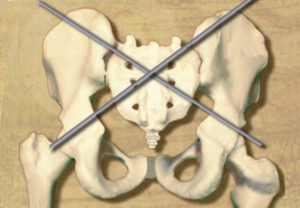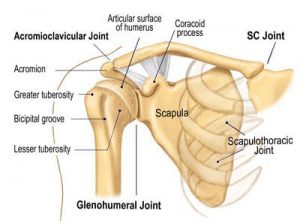Iliosacral upslips arise when joint apposition between the ilium and sacrum is altered. That is, the tissues within the joint have upward shear, resulting in deformation, or creep. As a , the sacroiliac grooves ain’t groovin’. Since these superior ilium-on-sacrum shears are more affected by gravity than other iliosacral dysfunctions, they have almost no chance of self correction (Fig. 1). This is where we, as therapists, come in.
Customarily, when we see cases of upward shearing of the ilium on the sacrum, the client’s SI joints are lacking either form or force closure. Form closure is provided to a joint by the skeletal framework. A series of ridges and complementary depressions produces friction and helps interlock the two bones, providing form closure to the SI joint (Fig. 2).
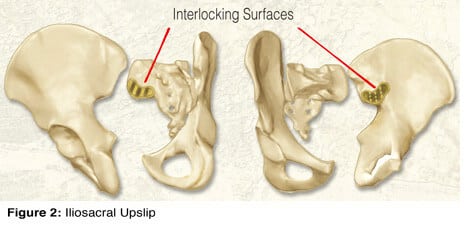
Synovial joints, on the other hand, perform best when there is minimal movement between the ilial and sacral articular cartilage surfaces. This minimal movement, termed joint play, not only provides spinal shock absorption, but also enhances lower extremity torque and transverse rotations, which help lift and propel the body through space (Fig. 3).
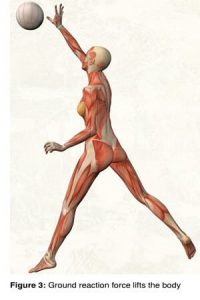 Musculofascial tissues reactto keep the sacroiliac joints in balance and move them back into form closure provided by the skeletal framework. The “binding” force contributed by musculofascial tissues is termed force closure. As defined by Andry Vleeming, Ph.D., force closure is Mother Nature’s backup system to nurture joint stability.
Musculofascial tissues reactto keep the sacroiliac joints in balance and move them back into form closure provided by the skeletal framework. The “binding” force contributed by musculofascial tissues is termed force closure. As defined by Andry Vleeming, Ph.D., force closure is Mother Nature’s backup system to nurture joint stability.
Force closure stability is generated by contractive action of core musculofascial tissues, such as the pelvic diaphragm, transverse abdominis, multifidus, and thoracolumbar fascia (Fig.4). In partnership, these deep core stabilizers provide a sophisticated neurologic feedback mechanism that reflexively interacts with the brain to provide coordinated movement and pelvic balance.
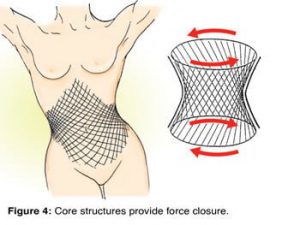
When the body is continuously subjected to an unbalanced load, viscoelastic tissues responsible for force closure can become strained. Prolonged cyclical loading can deform SI joint ligaments to the point where an act as innocent as slamming on the brake, tumbling on one hip, or clumsily stepping off a curb can jostle the joint enough to cause the ilium to “jump-a-notch” on the sacrum.
Read More ~
Low Back Piriformis SI Joint Pain
On sale this week only!
Save 25% off the "Dalton Technique Treasures" eCourse
The “Dalton Technique Treasures” eLearning course is a compilation of some of Erik’s favorite Myoskeletal Alignment Techniques (MAT). Learn MAT techniques to assess and address specific sports injuries, structural misalignment, nervous system overload, and overuse conditions. ON SALE UNTIL July 29th! Get Lifetime Access: As in all our eLearning courses, you get easy access to the course online and there is no expiry date.





